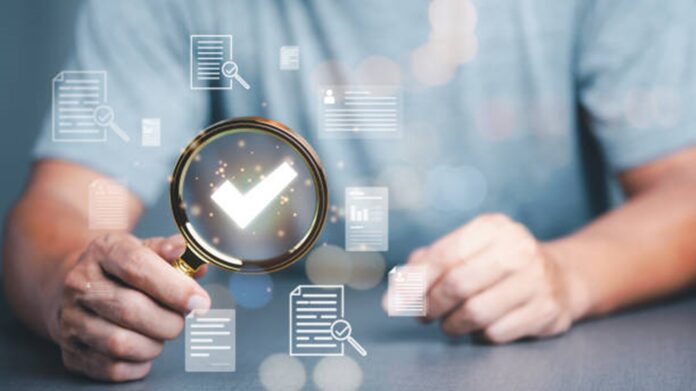In the digital era, document forgery has disrupted systems mainly due to technological advancements and refinement in forging techniques. The ease of creating fake documents using high-quality scanners, printers, and editing software has made it challenging to identify between authentic and fraudulent documents. This has led to increased forgeries in altering text, signatures and huge changes in official documents and make detection more difficult. Document forgery has facilitated various types of fraud, including identity theft, fake transactions, and falsified records. It has caused trust issues and financial losses across industries. Authentication methods and advance fraud detection measures should be used by systems to restore trust in digital transactions and official records.
Due to increased digital advancement, users have started scamming from digital machineries like laptop, computers and mobile phone. The statista report shows how many times people used computers for forgery in India from 2013 to 2015. In 2015, there were about 45 cases of forgery using computers all over the country. It was a decrease from around 63 forgery cases in 2014.
What is Document Forgery – A Brief Overview
Document forgery means making fake documents or changing real ones to make people deceptive. It usually require fake signatures, changed details in the original document, or making up entirely new documents. It is a breaching on another level because it can be used to cheat or lie to others. Finding and stopping document forgery is essential in banking, law, education and government to keep trust and honesty.
Forensic Analysis – Solution for Document Forgery
Document forensic analysis is done through different techniques, which are described below:
Microscopic Analysis
Experts use high-powered microscopes to analyze documents for any type of deformity, such as alterations in pen pressure, ink density, or variations made with erasers and correction fluids.
Cyber Forensics
In this digital era, forensic analysis examine digital document for metadata, irregularity in digital signatures and evidence of digital tampering.
Impression Analysis
Forensic experts use the Electrostatic detection apparatus (ESDA) to disclose impressions left on the document from printing or writing on a separate sheet.
IR and UV analysis
Infrared and ultraviolet lights can detect hidden variations like watermarks and variations in paper composition, which cannot be seen with the naked eye.
Comparative Analysis
Forensic document examiners compare the suspected document with original templates to detect formatting, handwriting, and printing technique variations.
Chemical Analysis
Chemical tests for ink analysis can identify the composition of material used in writing during document forgery detection. It help in identifying the different inks used in the same document.
Role of Technology in Document Forgery
Document forgery verification uses advanced technologies like machine learning, blockchain, and spectroscopy to detect fake documents in this digital era:
Blockchain Technology
Blockchain technology creates an unchangeable record of a document’s history. It helps in combating forgeries to make sure the changes in documents are recorded and cannot be changed.
Digital Imaging
The use of digital imaging has transformed document forgery detection. Digital tools are used to detect any type of forgery in the documents. For example, digital imaging is used to detect the ink density used in the whole document. It is one of the most common forgery used in document alteration.
Microscopy
Microscopy has played an important role in detecting the document forgery. Microscopy is used to examine the fibers used the paper and ink used int the document.
Spectroscopy
Spectroscopy is used to study the interrelation between matter and electromagnetic radiation. It is used to examine the chemical constituents of paper and ink used in documents. This plays major role in helping identify the authentic and forgery documents.
See Also Face ID Check – Incorporate Artificial Intelligence to Strengthen Digital Businesses
Machine Learning
Machine learning is an advanced technique used to detect forged documents. ML algorithms are used to detect the handwriting patterns in the document. These advanced algorithms are used to examine the size, shape, and stroke of the letters and detect the variations that indicate the authenticity and forgery.
Challenges in Detecting Document Forgery
Detecting forgeries can be quite challenging because some forgeries work like a pro and look authentic. Nowadays, with technology improving, it is even more difficult to detect fake documents. Detecting these refined forgeries requires a combination of technical knowledge, skill, and experience. It is like solving a complex confusion where it needs to pay attention to small details and understand how things are typically made to determine if the document is genuine or fake.
Key Takeaways
Document forensic validation is an essential procedure in identifying forged documents in this digital era. Due to increased technological advancements, the reported cases of document forgery have increased to another level worldwide. In this regard, forensic analysis plays a critical role for detecting forged documents and is one of the accurate method in document forgery detection techniques.

